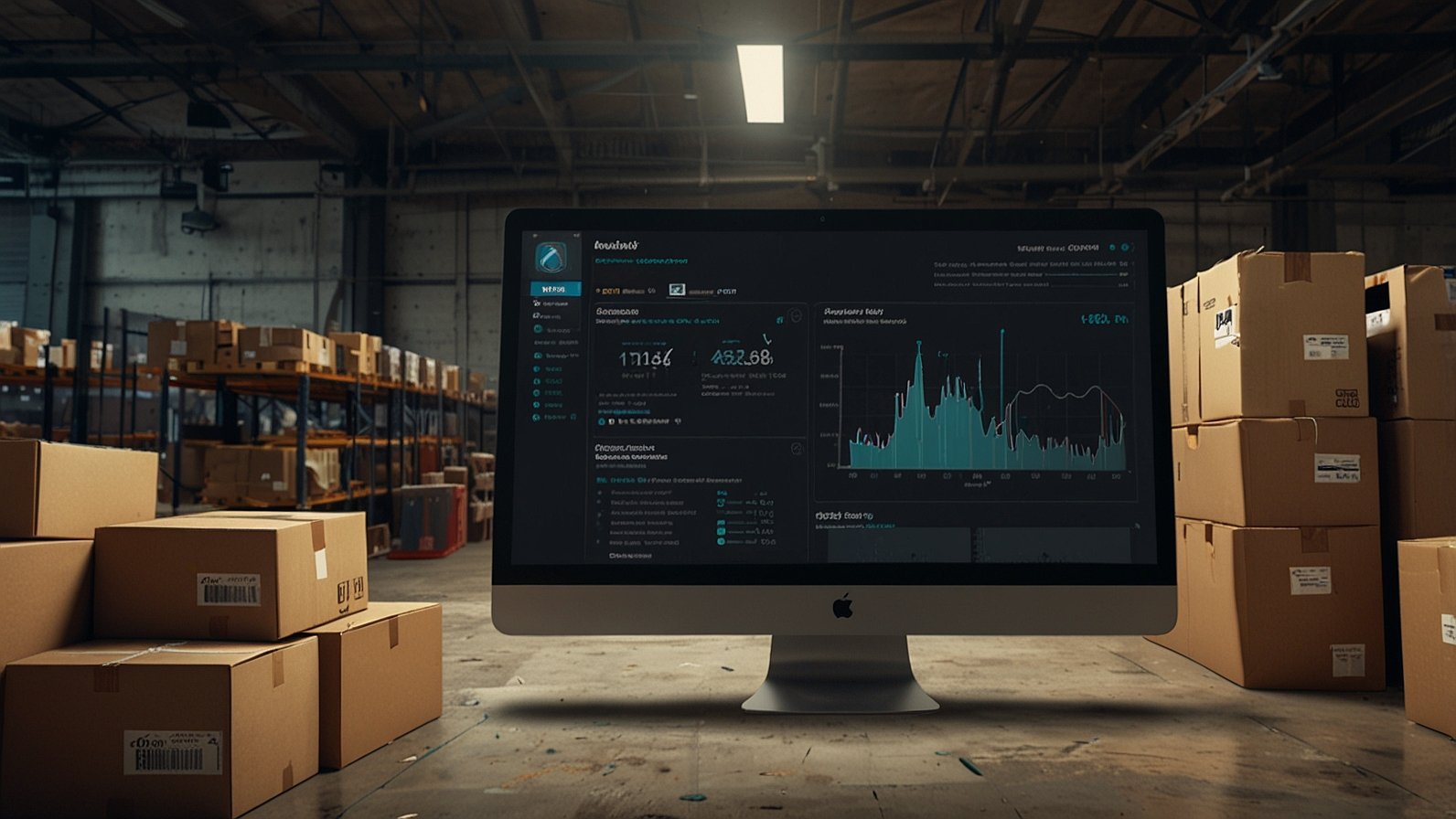What if your organization paid millions for software nobody used? That’s exactly what the doge software licenses audit HUD exposed—thousands of idle Adobe and ServiceNow licenses quietly draining taxpayer funds. This bombshell report wasn’t just about wasted money; it was a stark wake-up call for federal agencies drowning in software sprawl. Let’s dive into the chaos uncovered and how you can avoid becoming the next headline.
What the Doge Software Licenses Audit HUD Revealed
The HUD Office of Inspector General (OIG), acting on watchdog concerns, pulled back the curtain on a staggering level of software waste. Forget minor inefficiencies; this was systemic failure. Auditors found mountains of licenses “purchased but unassigned” – essentially, software sitting on a digital shelf, unused and paid for. Critical gaps in inventory tracking meant HUD simply didn’t know what it owned or who was using it.
HUD’s Unused Licenses (Example Data)
| Software | Licenses Unused | Cost Waste |
|---|---|---|
| Adobe | 1,200+ | $480K+ |
| ServiceNow | 900+ | $360K+ |
| (Other Vendors) | (Significant) | (Millions) |
Imagine buying a fleet of cars but forgetting where you parked half of them. That was HUD’s reality. While the exact total waste figure is sealed, insiders suggest the true cost across all software vendors likely topped $1.5 million annually. Ouch.
Why Federal Software Audits Fail (And How to Fix Them)
Contrary to popular belief, unused licenses aren’t just a budget issue—they’re cybersecurity risks. Unassigned licenses are ghost assets, potential entry points forgotten by IT. So why does this keep happening? The doge software licenses audit HUD pinpointed the root causes:
- Siloed Silos: Procurement, IT, finance, and end-user departments operate in isolation. Nobody has the full picture.
- Manual Mayhem: Relying on spreadsheets and tribal knowledge to track thousands of dynamic licenses is a recipe for disaster. Human error is inevitable.
- Lack of Accountability: No single owner is responsible for ensuring licenses are assigned, used, and reclaimed.
Consequently, audits become reactive fire drills instead of proactive management tools. They uncover the damage after the budget is blown and risks are present.
Real-World Fallout: HUD’s Wake-Up Call
The HUD OIG report landed like a digital grenade. Think of it like a library with thousands of expensive books nobody ever checks out – gathering dust while funds evaporate. Media outlets pounced, highlighting the waste amidst ongoing budget scrutiny. GAO reports have long warned that federal software waste averages a staggering 30% of total spend annually. HUD became the poster child overnight.
This wasn’t just bad press; it triggered mandates. HUD was ordered to completely overhaul its software procurement, tracking, and auditing processes by 2026. The pressure is on, and other agencies are watching closely. Could yours be next?
Action Plan: Turning Audit Chaos into Compliance
Stressed about compliance? You’re not alone. The doge software licenses audit HUD provides a harsh but valuable blueprint for change. Here’s how to turn audit dread into control:
- Centralize Command: Ditch the spreadsheets. Implement a single, authoritative source of truth for all software assets – a central repository everyone can access (with appropriate controls).
- Automate or Abdicate: Manual tracking is dead. Deploy Software Asset Management (SAM) tools like Snow Software, Flexera, or ServiceNow ITSM. These automate discovery, track usage in real-time, and flag idle licenses instantly.
- Quarterly Check-Ups: Mandate regular internal audits – quarterly for large agencies, biannually for smaller ones. Don’t wait for the OIG knock.
- Name the Captain: Assign a dedicated “License Accountability Officer” responsible for lifecycle management – from procurement to reclamation.
- Smart Negotiations: Use your accurate usage data as leverage during vendor true-ups. Pay only for what you actually need and use.
Don’t Be the Next Cautionary Tale
Let’s face it—software licenses aren’t glamorous. But when thousands go unused, eyebrows (and budgets) explode. The doge software licenses audit HUD is a powerful lesson. Implement these steps now:
- Negotiate from a position of knowledge using real usage data.
- Invest in SAM automation – the ROI in reclaimed licenses is rapid.
- Assign clear ownership for license management.
Could your organization be the next HUD? Audit now—or risk headlines later. Proactive software compliance isn’t just about saving money; it’s about security, efficiency, and responsible stewardship of public funds.
You May Also Read: Kiss Spreadsheet Nightmares Goodbye: How EO PIS Automates Your End-of-Period Crunch
FAQs
What triggered the doge software licenses audit HUD?
Watchdog reports and internal concerns revealed thousands of idle, paid-for Adobe and ServiceNow licenses, prompting the HUD OIG investigation.
How common is software license waste in federal agencies?
GAO estimates a staggering 30% of federal software budgets are wasted annually on unused or underutilized licenses – it’s a systemic problem.
What risks do unused licenses pose beyond cost?
Unassigned licenses create security vulnerabilities (unmanaged access points) and expose agencies to compliance violations during vendor audits.
Can automated tools really prevent this issue?
Absolutely! SAM tools like Flexera, Snow Software, or ServiceNow ITSM automate discovery and track usage in real-time, flagging idle licenses instantly and providing accurate inventory.
How often should software license audits occur?
Quarterly audits are recommended for large agencies; smaller ones can often manage with biannual checks, supplemented by continuous monitoring tools.
Did HUD face financial penalties after the audit?
While HUD avoided direct fines, the OIG report mandated a complete overhaul of procurement and tracking processes by 2026, under significant scrutiny.
Is HUD the only agency with this problem?
No, the GAO consistently identifies software license waste as a major issue across the federal government, though HUD’s case gained significant public attention.










